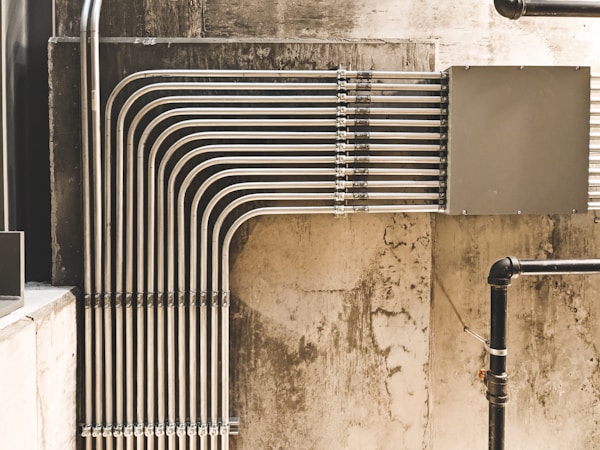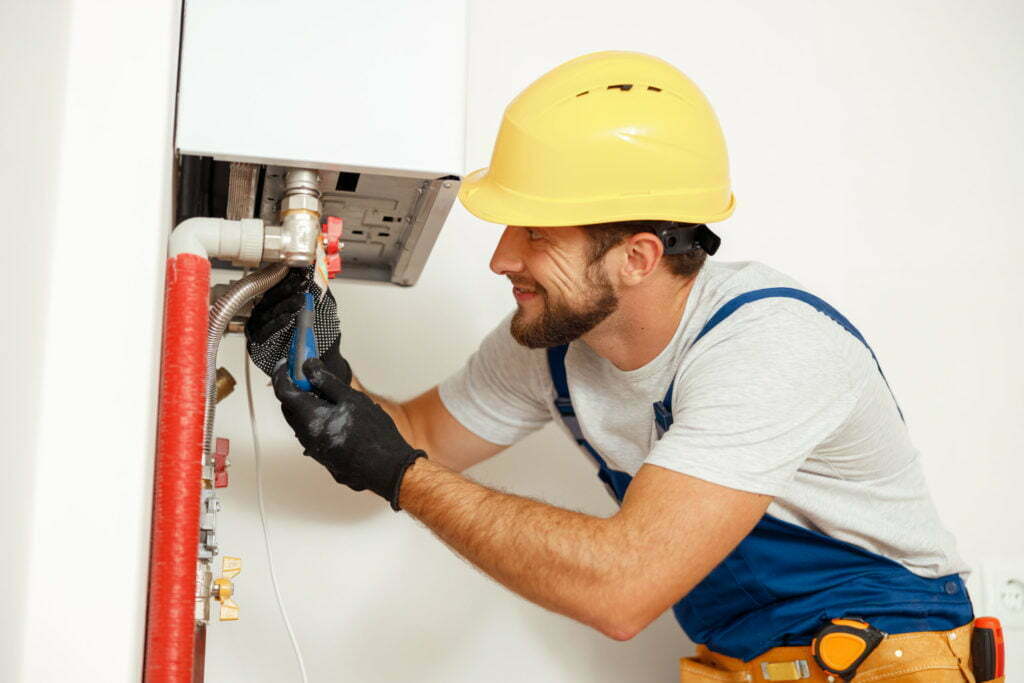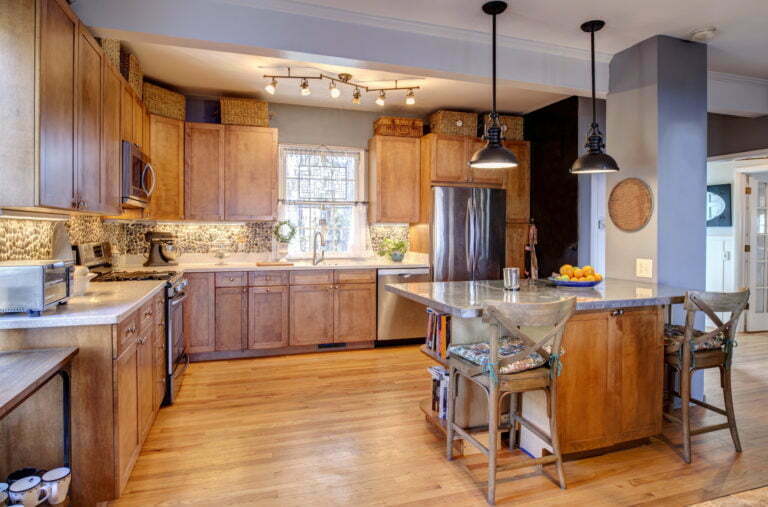Water heaters are essential for any home, providing hot water for cooking, cleaning, and bathing. While they are durable appliances, they still require regular maintenance to keep them running efficiently. Below are some tips on how to properly maintain your water heater.
What is a water heater?

Water heaters are one of the essential appliances in your home. Not only do they provide you with hot water, but they also help to keep your home warm. Water heaters can last anywhere from five to ten years, but only when properly maintained. You should inspect your water heater regularly for any damage or leaks. If you find any damage, take care of it as soon as possible to prevent future problems. It’s essential to properly maintain your water heater to last as long as possible and function at its best. Here are some tips on water heater repair and taking care of your water heater.
The first thing you should do is flush the tank annually. This will remove any sediment that has built up over time. You can do this by shutting off the power to your water heater by switching off the breaker at the main panel. Next, attach a hose to the drain valve at the bottom of the tank and run it outside or into a sink. Once the water has drained, replace the valve cap and turn on the faucet nearest to the tank until hot water comes out.
You should also regularly check hoses and connectors for leaks and replace them if necessary. You must ensure the pipes’ insulation is in good condition and isn’t damaged or wet. If it is, you can wrap it with foam insulation tape or pipe insulation sleeves. To keep your water heater running efficiently, adjust the thermostat setting to be between 120-130 degrees Fahrenheit. Also, avoid opening the door to the tank frequently as this will decrease its efficiency.
What are the different types of water heaters?

There are three main types of water heaters – gas, electric, and tankless. Gas water heaters are the most popular type, and they work by burning natural gas or propane to create heat. This heat is then used to warm the water in the tank. Gas water heaters are relatively efficient, and they can heat water quickly. However, they also require a steady fuel supply, and they can be expensive to operate.
Electric water heaters work by using electricity to create heat. This heat is then used to warm the water in the tank. Electric water heaters are efficient and relatively affordable, but they can take longer to heat water than gas water heaters. Tankless water heaters are a newer technology that works by heating water on demand. This means that water is only heated when it is needed, which can save energy. Tankless water heaters are efficient and can save you money on your energy bill, but they can be more expensive to purchase than other types of water heaters.
What is the water heater installation process?
When installing a water heater, the first step is to measure the space where the water heater will be installed. This is important so you can buy a water heater that is the correct size. Once you have the measurements, you can select the water heater that is best for your needs. Next, you will need to shut off the water supply to the home. The water heater will be installed in between the water supply and the water main.
Once the water is turned off, you can disconnect and remove the old water heater from home. The installation of the new water heater will involve attaching the water lines and the gas lines. It is crucial to ensure that the water heater is installed securely and that all connections are tight. Once the water heater is installed, you can turn on the water and test the water heater. It is vital to have a professional install your water heater. A professional can ensure that the water heater is installed correctly and that all safety features are in place.





